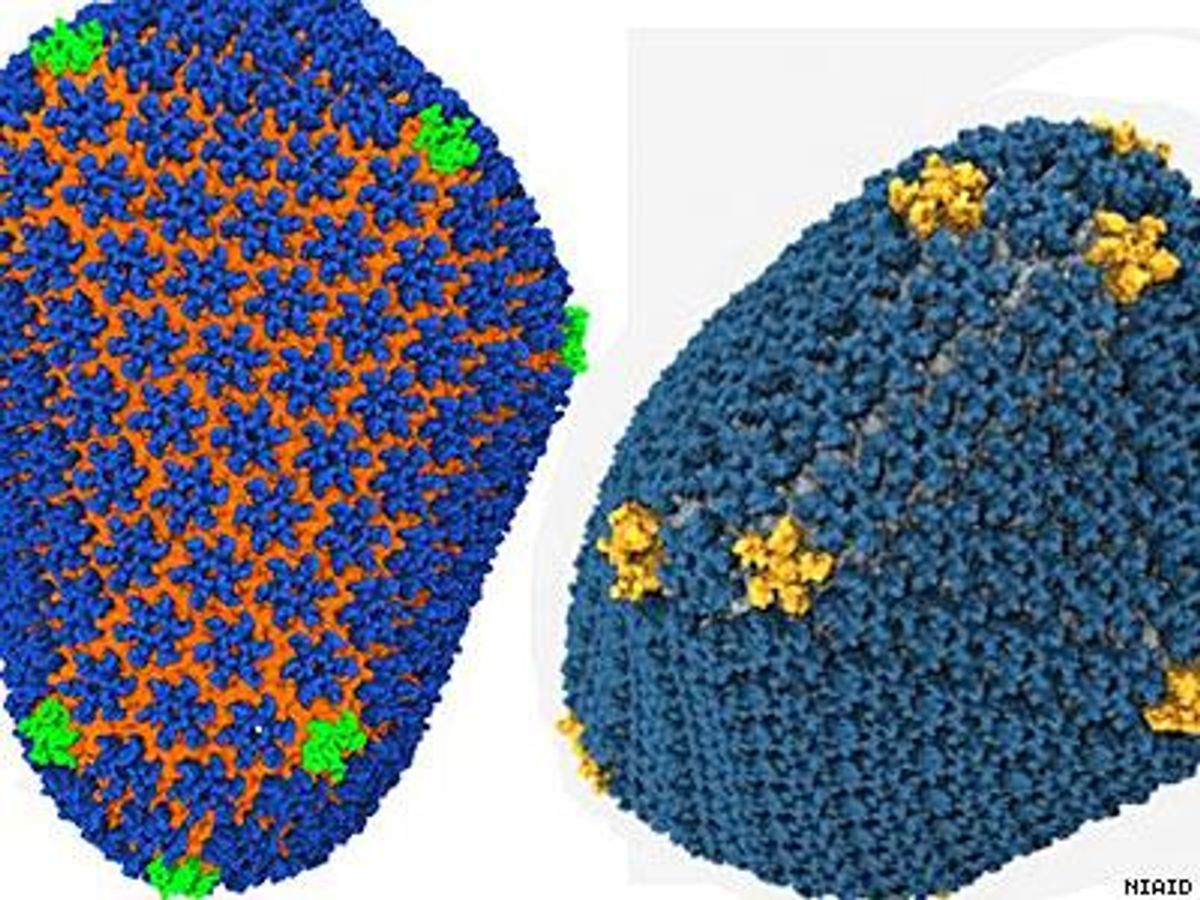Researchers at the University of Illinois at Urbana-Champaign may have finally found a way to stop HIV in the midst of its destructive path — using, of all things, a supercomputer. It's one of the world's fastest, according to a report in Gizmodo; in fact it's a $108 million, 11.5 petaflop (which is a super high processing speed) supercomputer capable of solving the mystery that has surrounded the precise structure of the capsid, the viral casing of HIV.
The capsid is the "evil mastermind" responsible for disabling the a HIV-positive person's immune system and transporting the ribonucleic acid (or RNA, a type of molecule) in to new cells. The structure of the capsid — long thought critical in helping doctors and researchers to find new ways to treat or prevent the virus — was a general mystery until the research team used the University of Illinois' supercomputer, Blue Waters, to crunch enormous amounts of information and discover the structure.
In a new report in Nature, the team reports that the structure is a "fullerene cone model" and the breakthrough shows exactly how the capsid works. Best of all, scientists may now have the answers for how to attack the capsid and prevent the virus from self-replicating. Although HIV evolves very quickly, mutating and using the body's immune cells to its advantage, this is another way that the disease can be attacked — and, some day, stopped.



































































